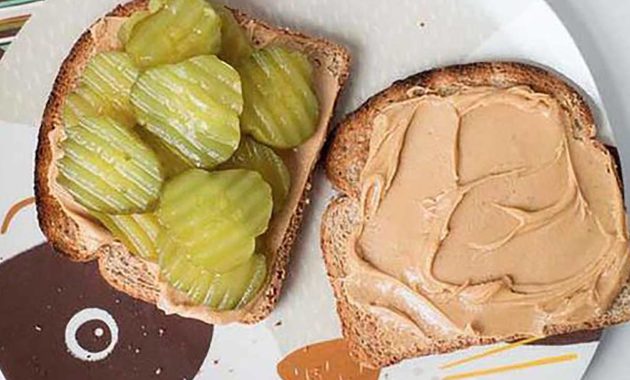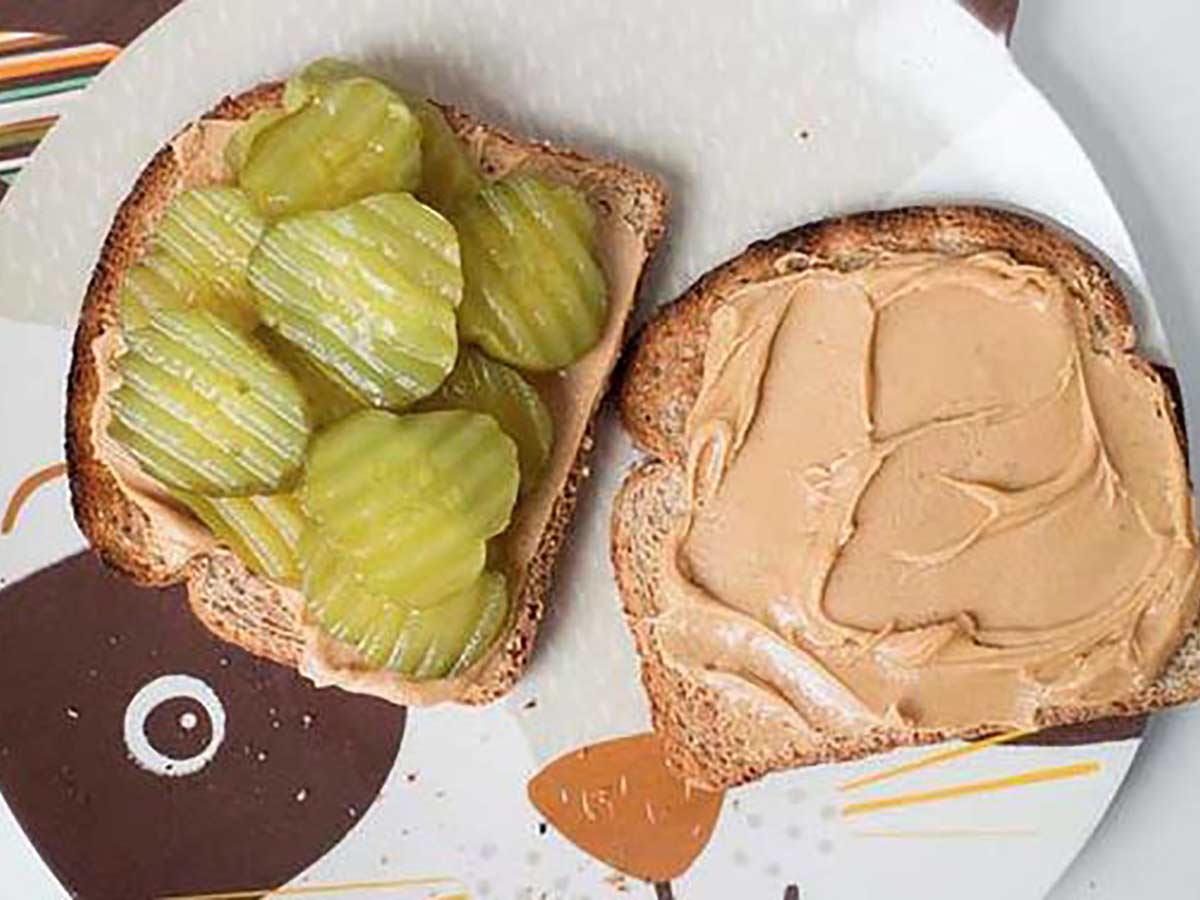
Diabetes Diet Hacks That Really Lower Your Blood Sugar: Proven Strategies
Managing diabetes can feel like navigating a complex maze. Fluctuating blood sugar levels, the constant need for monitoring, and the fear of complications can be overwhelming. However, the good news is that dietary choices wield significant power in controlling blood sugar. This article delves into diabetes diet hacks that are scientifically backed and proven to lower blood sugar effectively. We’ll explore practical strategies to empower you to take control of your health. These are not just quick fixes but sustainable lifestyle adjustments for long-term well-being.
Understanding the Impact of Diet on Blood Sugar
Before diving into specific diet hacks, it’s crucial to understand the foundational relationship between food and blood sugar. When you consume carbohydrates, your body breaks them down into glucose. Glucose enters the bloodstream, causing blood sugar levels to rise. For individuals with diabetes, the body either doesn’t produce enough insulin or can’t use insulin effectively. Insulin is a hormone that helps glucose enter cells for energy. Without sufficient insulin, glucose remains in the bloodstream, leading to elevated blood sugar levels.
Therefore, the primary goal of a diabetes-friendly diet is to manage carbohydrate intake. It’s also to choose foods that release glucose slowly into the bloodstream. This prevents sharp spikes and crashes in blood sugar. This approach minimizes the risk of both short-term and long-term health complications.
Hack One: Prioritize Fiber-Rich Foods
Fiber is a carbohydrate that the body cannot digest. It plays a vital role in blood sugar management. Soluble fiber, in particular, slows down the absorption of glucose. This leads to a more gradual rise in blood sugar levels after meals. Foods rich in soluble fiber include oats, beans, lentils, apples, and citrus fruits.
Incorporate these foods into your daily meals. Start your day with oatmeal. Add beans or lentils to your soups and salads. Snack on an apple or a small orange between meals. Aim for at least 25-30 grams of fiber per day. This will help you control your blood sugar effectively. Insoluble fiber, while not directly impacting blood sugar, aids in digestion and promotes overall gut health. This indirectly supports better blood sugar control.
Hack Two: Embrace the Power of Protein
Protein has a minimal impact on blood sugar levels. Consuming protein with each meal helps to slow down the absorption of carbohydrates. This effect prevents significant blood sugar spikes. Protein also promotes satiety, which helps to control portion sizes. This is a crucial aspect of diabetes management.
Include a source of lean protein with every meal. Good options include chicken breast, fish, tofu, eggs, and Greek yogurt. Consider adding a handful of almonds or a serving of cottage cheese as a snack. This will help you feel fuller for longer and support stable blood sugar levels throughout the day. Remember to choose lean protein sources. Limit processed meats and high-fat protein options.
Hack Three: Choose Healthy Fats Wisely
While fats don’t directly raise blood sugar, they play a role in overall health and blood sugar control. Healthy fats, such as monounsaturated and polyunsaturated fats, can improve insulin sensitivity. This helps your body use insulin more effectively. This can lead to better blood sugar management.
Focus on incorporating healthy fats into your diet. These include avocados, olive oil, nuts, and seeds. Limit saturated and trans fats, which can worsen insulin resistance. Avoid processed foods high in unhealthy fats. These can negatively impact your health and blood sugar control. The right fats can be your ally.
Hack Four: Master the Art of Portion Control
Portion control is a fundamental aspect of diabetes diet hacks. Even healthy foods can raise blood sugar if consumed in excess. Pay close attention to the serving sizes of all your meals and snacks. Use smaller plates to help manage portions. Measure your food to ensure accurate portion sizes, especially carbohydrates.
Be mindful of your carbohydrate intake at each meal. Aim for a consistent carbohydrate intake throughout the day. This will help to stabilize blood sugar levels. Work with a registered dietitian. They can help you create a meal plan tailored to your individual needs and goals. This is a crucial step.
Hack Five: Time Your Meals Strategically
The timing of your meals can influence your blood sugar levels. Avoid long periods of fasting, as this can lead to blood sugar fluctuations. Eat regular meals and snacks throughout the day to keep blood sugar stable. This strategy is very effective.
If you take insulin or diabetes medications, coordinate your meals with your medication schedule. This will prevent low blood sugar (hypoglycemia) or high blood sugar (hyperglycemia). Consult with your doctor or diabetes educator. They can help you develop a meal timing plan that works for you. This is essential.
Hack Six: Embrace Non-Starchy Vegetables
Non-starchy vegetables are low in carbohydrates and rich in fiber, vitamins, and minerals. They are a cornerstone of a diabetes-friendly diet. They have a minimal impact on blood sugar. They provide essential nutrients.
Load your plate with non-starchy vegetables at every meal. Examples include leafy greens, broccoli, cauliflower, peppers, and zucchini. These vegetables add volume to your meals without significantly increasing carbohydrate intake. They also provide essential vitamins and minerals. This supports overall health and well-being. They are a great choice.
Hack Seven: Hydrate with Water and Unsweetened Beverages
Staying hydrated is crucial for overall health and blood sugar management. Water helps your kidneys flush out excess glucose through urine. Dehydration can lead to elevated blood sugar levels. It can also affect your energy levels.
Drink plenty of water throughout the day. Avoid sugary drinks, such as soda, juice, and sweetened tea. These drinks can cause rapid spikes in blood sugar. Opt for unsweetened beverages, such as water, unsweetened tea, or sparkling water. These are great alternatives.
Hack Eight: Consider the Glycemic Index (GI) and Glycemic Load (GL)
The Glycemic Index (GI) measures how quickly a food raises blood sugar levels. The Glycemic Load (GL) takes into account both the GI and the amount of carbohydrates in a serving. Choosing foods with a low GI and GL can help to manage blood sugar effectively.
Focus on incorporating foods with a low GI and GL into your diet. Examples include non-starchy vegetables, whole grains, and legumes. Be mindful of portion sizes, even with low-GI foods. Consult with a registered dietitian. They can help you understand the GI and GL of different foods. They can create a meal plan that meets your needs.
Hack Nine: Read Food Labels Carefully
Reading food labels is essential for making informed dietary choices. Pay attention to the serving size, carbohydrate content, and added sugars. Be aware of hidden sugars in processed foods. These can affect your blood sugar levels.
Compare food labels to identify healthier options. Choose foods with lower carbohydrate content and fewer added sugars. Be mindful of the ingredients list. Avoid products with high amounts of added sugars, such as corn syrup or sucrose. This is vital.
Hack Ten: Regular Physical Activity is Key
While not a dietary hack, regular physical activity plays a crucial role in blood sugar control. Exercise helps your body use insulin more effectively. It also helps to burn excess glucose.
Aim for at least 150 minutes of moderate-intensity exercise per week. This can include brisk walking, cycling, or swimming. Incorporate strength training exercises. They will help build muscle mass, which can improve insulin sensitivity. Consult with your doctor before starting any new exercise program. This is always a good idea.
Putting It All Together: Creating a Sustainable Plan
Implementing these diabetes diet hacks is not about following a restrictive diet. It’s about making informed choices. It’s about creating a sustainable lifestyle. This is a continuous process.
Start by making small changes. Gradually incorporate these hacks into your daily routine. Work with a healthcare team, including a doctor, registered dietitian, and diabetes educator. They can provide personalized guidance and support. This will help you succeed. Regular blood sugar monitoring is essential. This allows you to assess the effectiveness of your dietary changes. Celebrate your successes and don’t be discouraged by setbacks. With dedication and consistency, you can achieve better blood sugar control and improve your overall health. These strategies are your guide.
These diabetes diet hacks are designed to help you manage your blood sugar effectively. Remember, consistency is key. Work with your healthcare team to create a plan. This plan fits your individual needs and preferences. By embracing these strategies, you can take control of your diabetes. You can live a healthier, more fulfilling life. These are your tools.
[See also: Related Article Titles]

